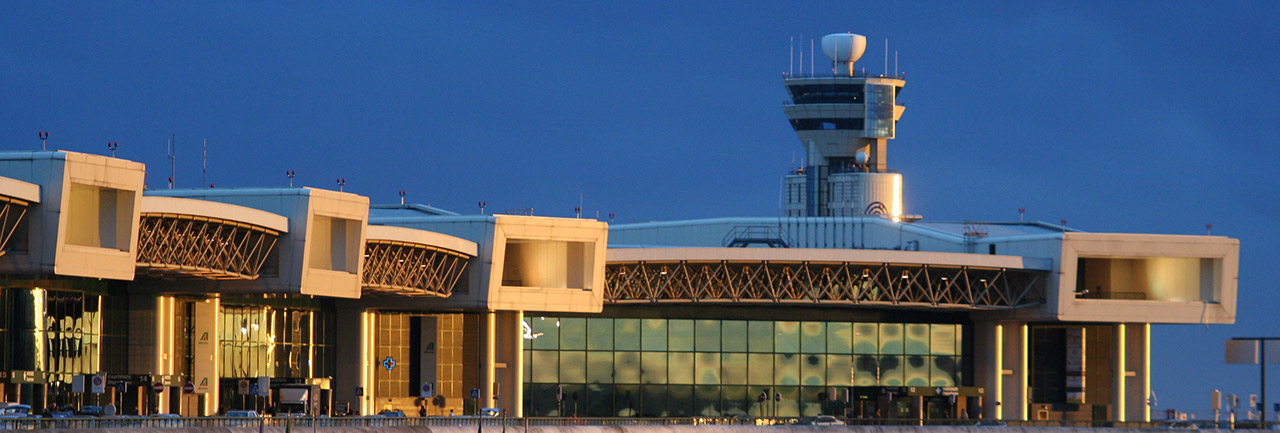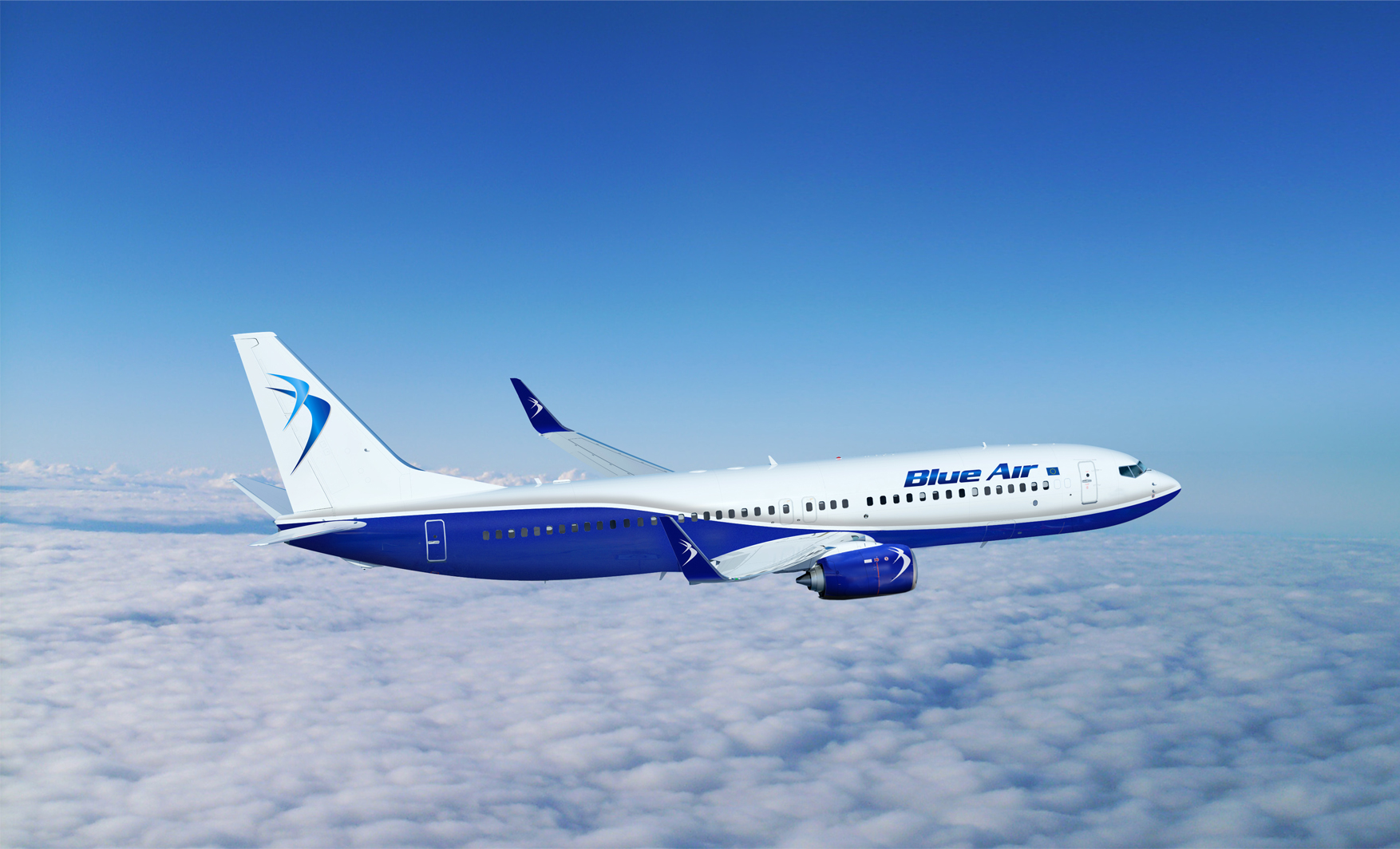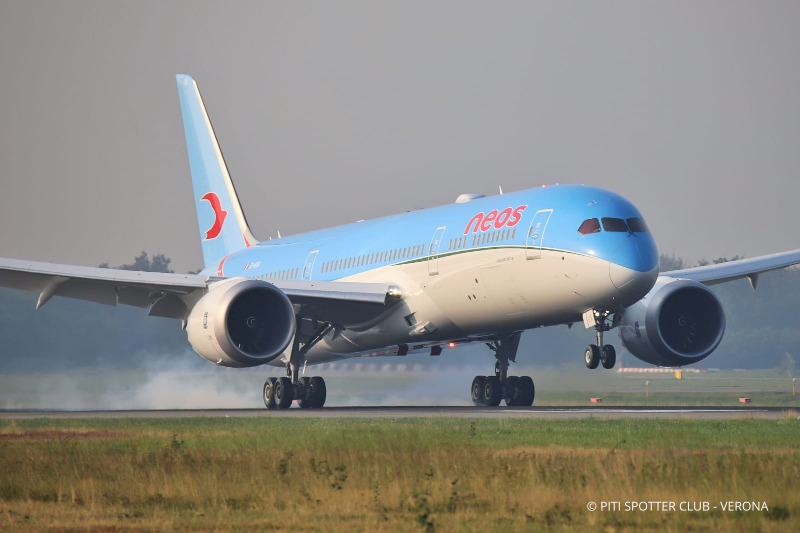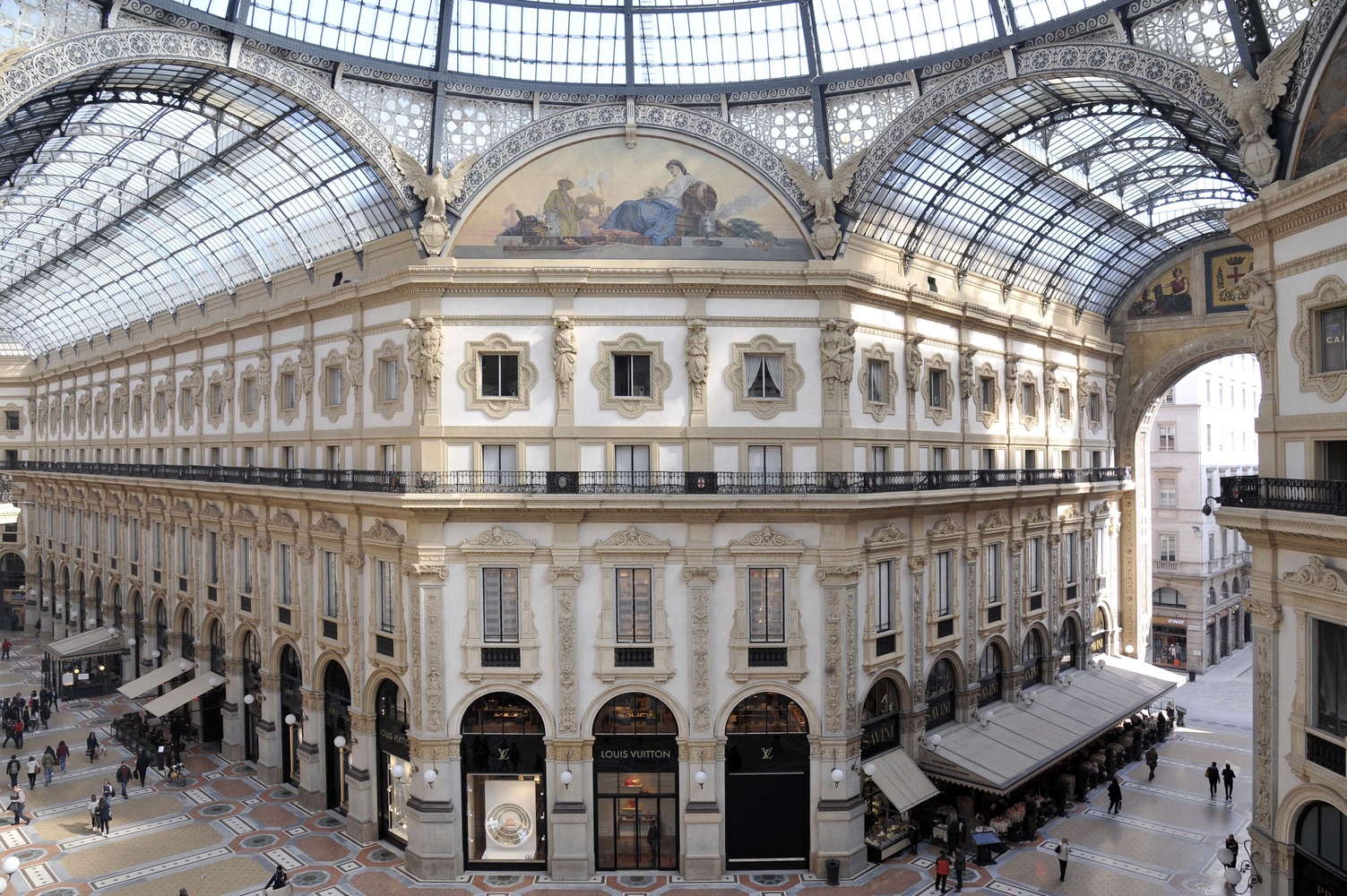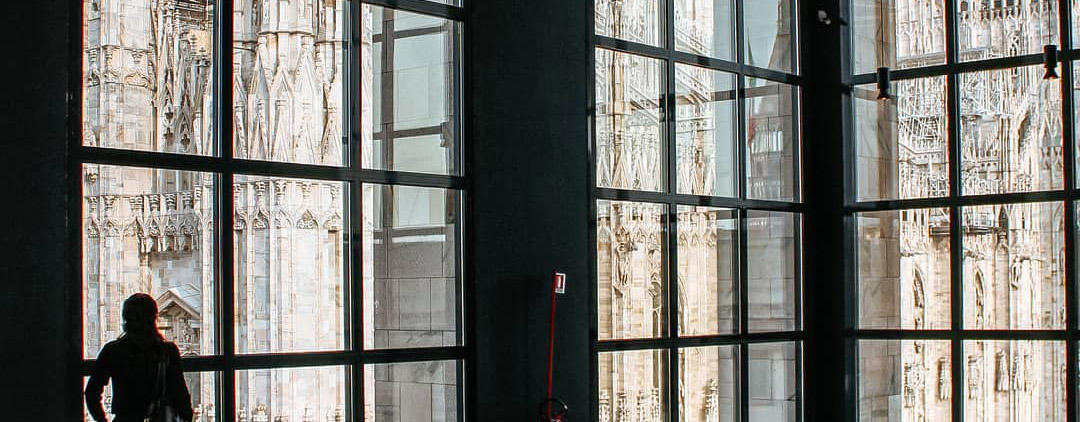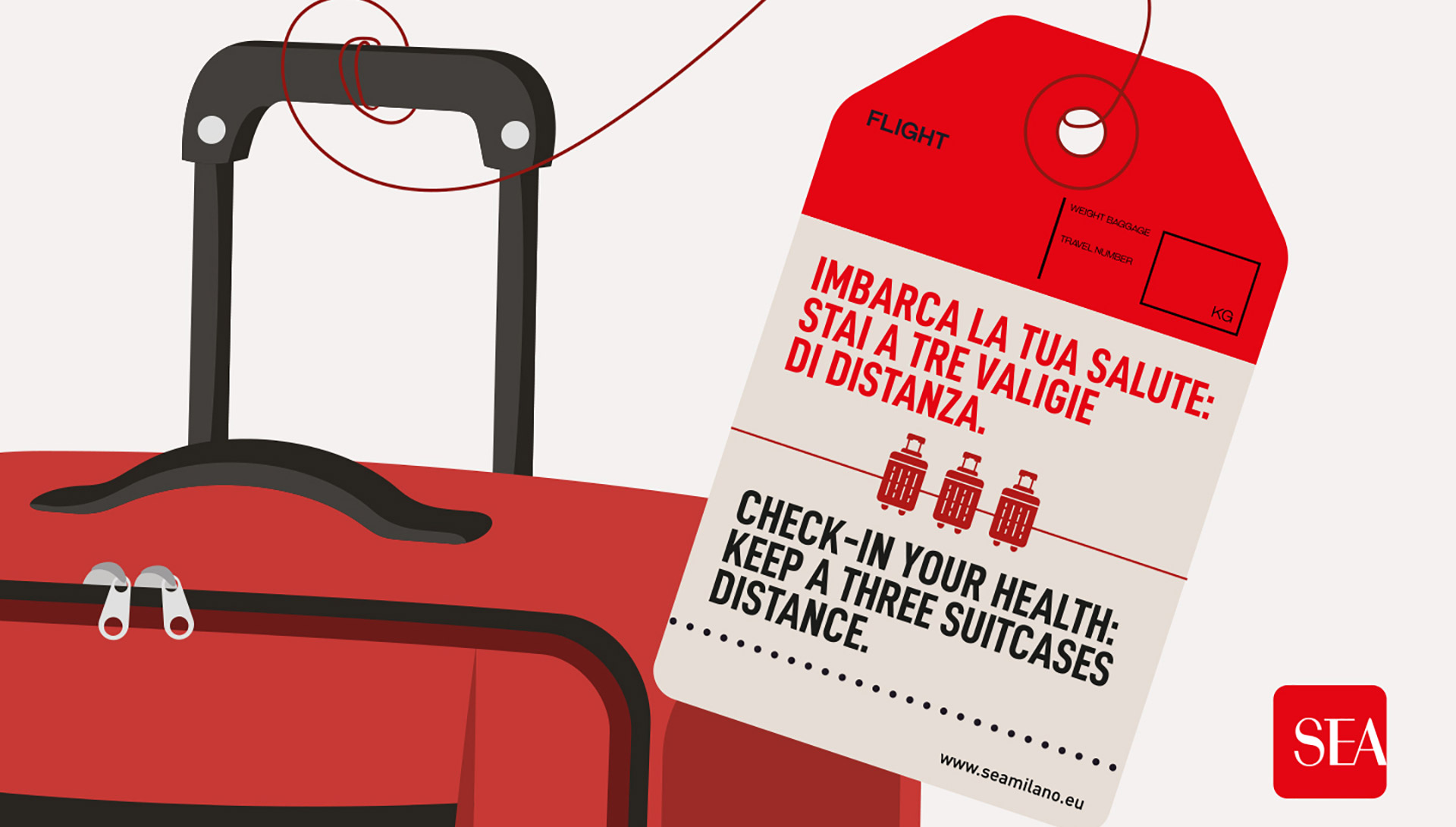Sustainable post-Pandemic future in urban mobility
Milan gears up for a sustainable post-Pandemic future in urban mobility – with a focus on cycling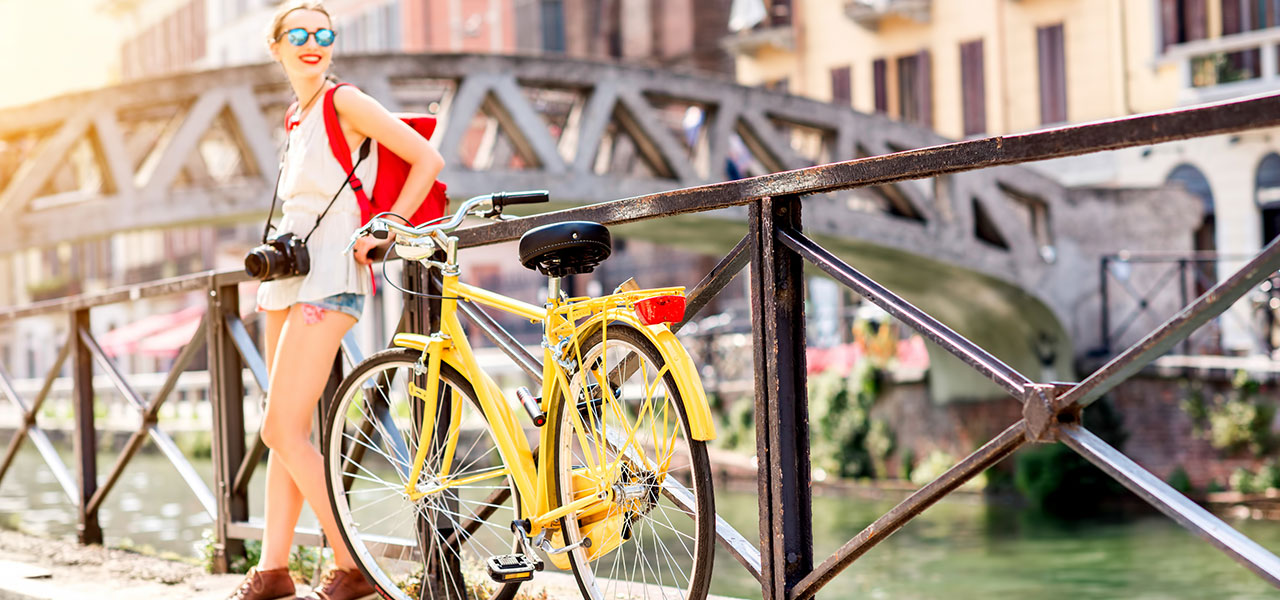
Attractive as it is for countless good reasons, Milan has never been valued for air quality. Stuck in the middle of a plain surrounded by mountains, it shares with much of its region uncomfortable pollution levels. The situation much improved in recent years but the huge amount of motor vehicles moving around every day remains a significant challenge.
Suddenly, due to the Coronavirus Pandemic and the ensuing lockdown, most people could not drive anywhere, and the results on air quality were extraordinary, as elsewhere in the world. But with the easing of restrictions and the gradual return to the “New Normal” City Authorities were quick to realize that – due to the necessary measures of social distancing – public transport would not be the same again and the risk was a dramatic increase in motor traffic.
Turning a crisis into an opportunity, Milan decided to speed up its projects for green and sustainable mobility - some of which originally had a 2030 deadline - and boost its bicycle network to the utmost. The City has long been building a successful bicycle sharing system, both station-based and free-floating, taking advantage of the flat terrain and compact dimensions that make it ideal for cycling. Scooter sharing was also introduced recently. The downside was narrow, sometimes congested streets and – of course – traffic, jeopardizing the cyclists’ best intentions.
A number of dedicated bike lanes had been built, but only where streets were wide enough and urban configuration allowed for it. In order to prepare for the city’s new beginning, low-cost dedicated lanes have now been painted on the sides of major streets, narrowing car and parking space and providing convenient passage for cyclists, often protected from traffic by a line of parked cars. At the same time, pavements for pedestrians have been widened and some streets have been given 30kph speed limits and cyclist priority. 35km of new lanes are planned by the end of the summer.
This ambitious experiment in mobility is already reaping fruit, as bicycle use has substantially increased in the last few weeks, and semi-pedestrianized areas prepare for a commercial resurgence once the final restrictions are lifted. A quieter, healthier, greener city is what most residents really wish for, a city where it is perfectly possible to get around in a sustainable way.
Milan will possibly never be Amsterdam, where 40% of all journeys are by bicycle, but it can at least try its best, considering how short distances are within the city and how much more enjoyable the experience promises to be for both locals and visitors – who can easily cycle to most major attractions. Lombardy was the first area in Europe to be hit hard by Covid-19. Milan now has the chance to re-start again before other cities. Its mobility solutions are already being looked at by other major cities throughout the world.




